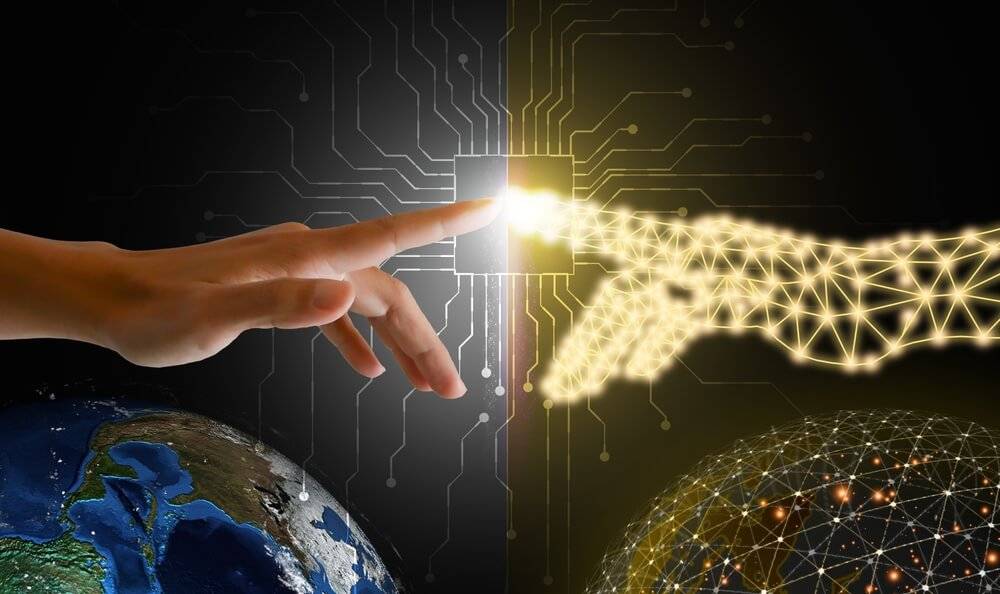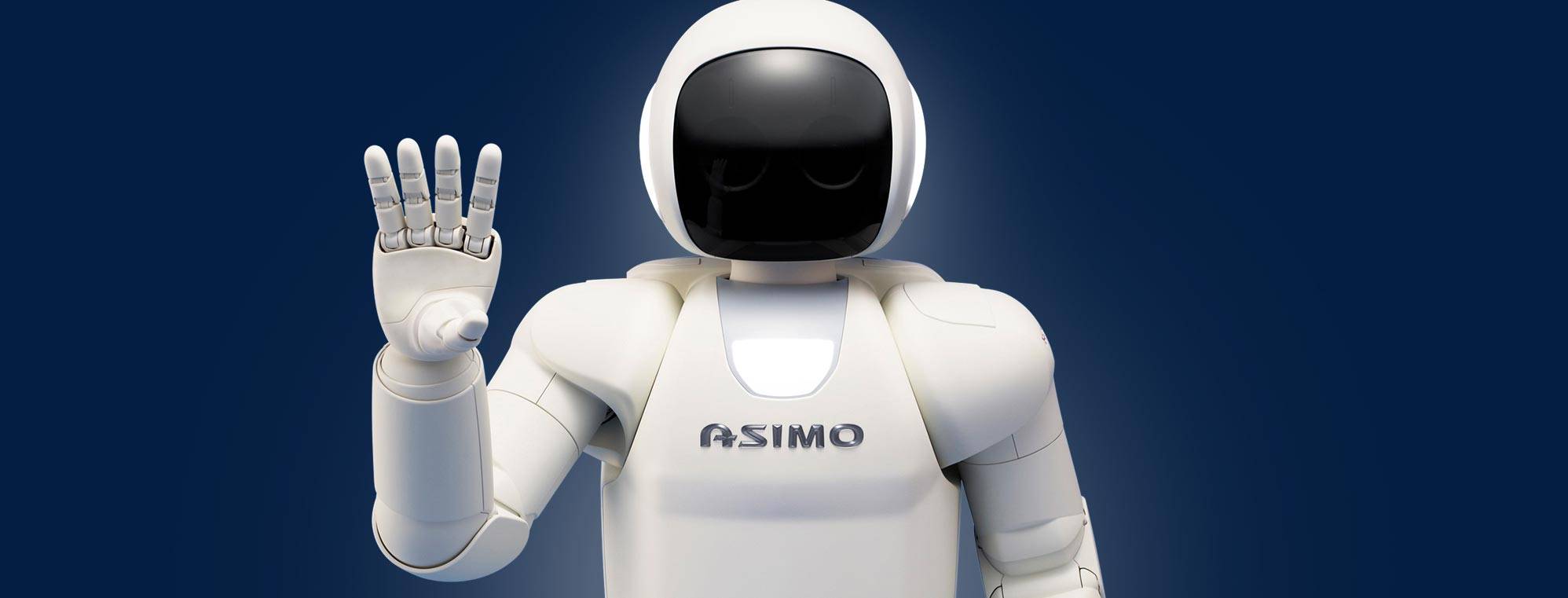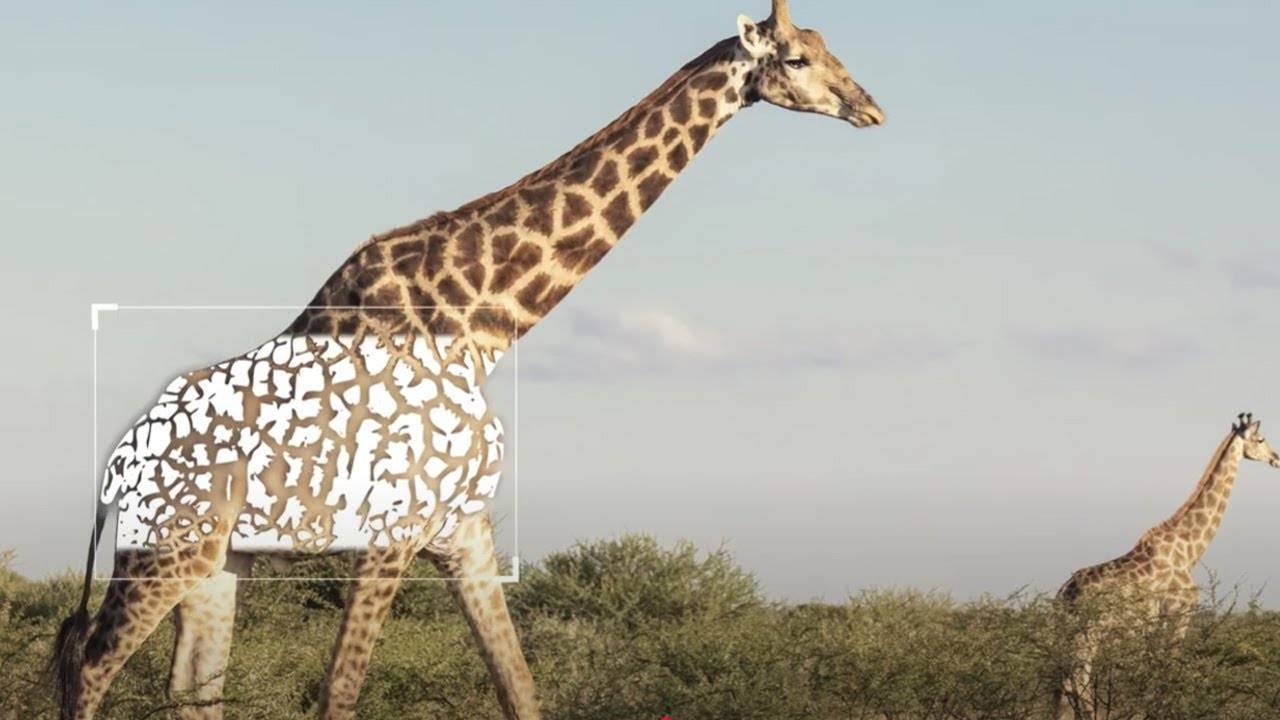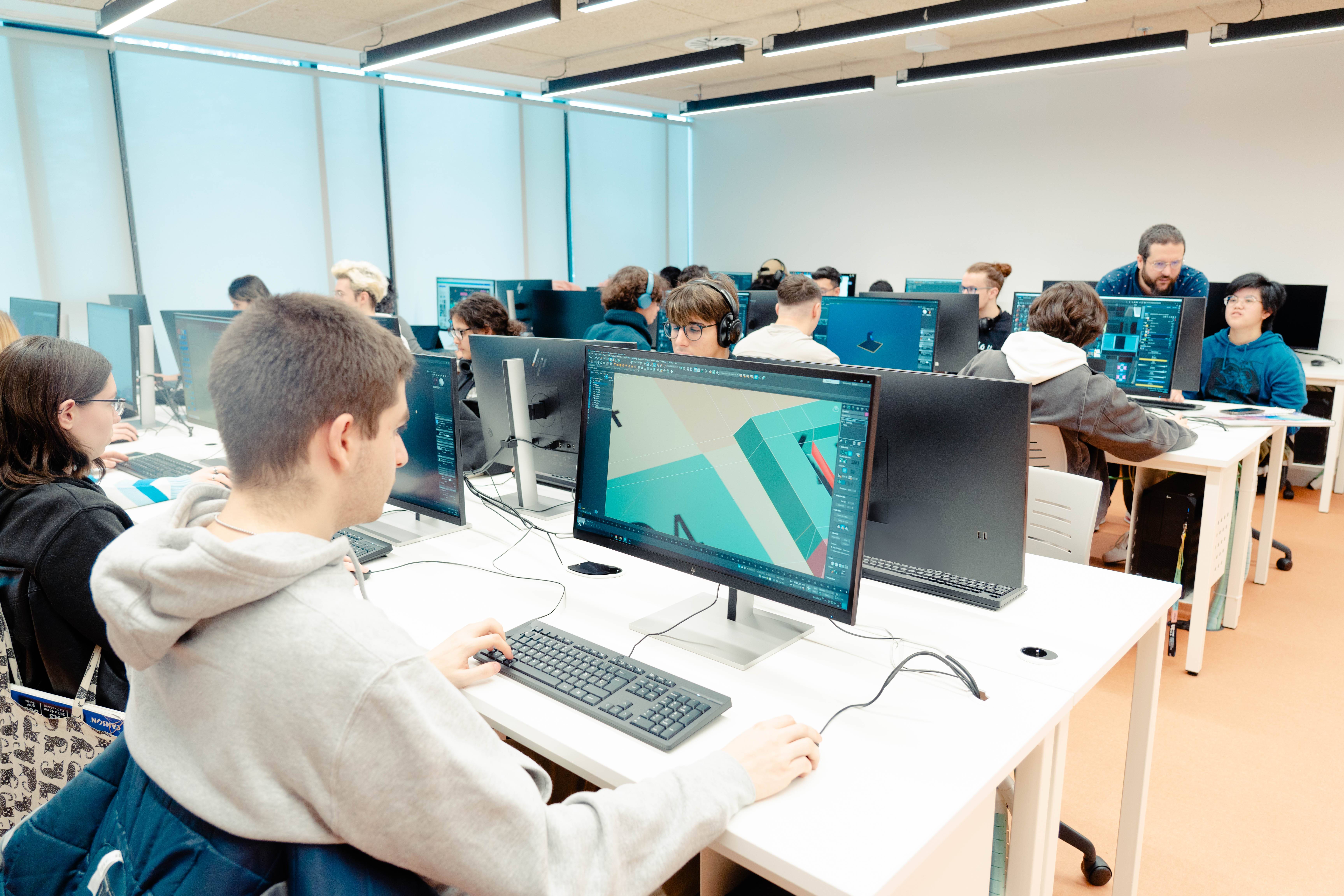Digital twins: what are they and what are they for?
Digital twins are transforming the way we understand the physical world and, therefore, the way we can make improvements. This technology, which combines real-time data with virtual models, is opening up new possibilities in a multitude of fields.
From the optimisation of industrial processes to the personalisation of product design, digital twins have emerged as a real revolution that we should be aware of and know how to use.
What is a digital twin or "digital twins"?
A digital twin is a virtual representation of a physical object, process or system. This technology uses data collected from sensors and other sources to create a digital model that simulates the behaviour and conditions of its real-world counterpart.
In the field of product design, for example, digital twins have fascinating applications.
- For example, in jewellery design, a digital twin can be used to simulate how different materials and designs interact with light and the environment, allowing designers to adjust and refine their creations before physical production.
- In the case of bag design, digital twins allow experimentation with different types of leather or fabrics, visualising how these materials wear over time or react under various weather conditions.
This, as our students of theOfficial Degree in Product Design will learn, not only improves the quality of the final design, but also allows for greater customisation and adaptation to the specific needs of clients.
How do digital twins work and what are they used for?
Digital twins work by collecting data from the object through sensors and other specific devices. This data includes information about the object's performance, condition and environment. This information is then used to create a digital model that recreates the real object within a virtual environment.
Using this simulation, design teams can test different scenarios and predict how the physical object will react under a myriad of different conditions.
- For example, in the manufacturing industry, production processes can be simulated to identify potential problems or areas for improvement before having to identify them on the actual production line, when it is much more complicated and costly.
- In the healthcare sector, digital twins of human organs allow doctors to plan complex surgeries down to the millimetre and even predict their outcome.
In addition, digital twins are also essential for predictive maintenance in sensitive industries such as aviation and energy, as they can monitor the condition of machines in real time and predict failures before they happen, thereby improving safety and reducing maintenance costs and effort.
Benefits of digital twins
Digital twins are not only an advanced virtual representation, but represent a strategic tool that drives innovation and efficiency in business. Their application is useful in a wide range of industries, offering significant advantages ranging from process optimisation to product design customisation.
- Digital twins allow products to be simulated and tested in a virtual environment, significantly reducing the costs and time associated with physical prototypes. This simplifies experimentation and design innovation without the risk of cost overruns.
- By monitoring the real-time status of machines and systems, digital twins can predict failures, enabling proactive maintenance and reducing unplanned downtime, saving time and money for any business.
- The ability to simulate different scenarios and conditions in a controlled environment enables better decisions to be made, allowing resources to be applied in areas where they are really needed and efficient.
- In sectors such as fashion and accessories, digital twins enable detailed personalisation of products, improving the customer experience and increasing customer satisfaction, which in turn positively affects customer loyalty.
- Simulating production and logistics processes through digital twins helps to identify bottlenecks and optimise the supply chain, resulting in greater operational efficiency.
- By optimising processes and reducing the need for physical prototyping, these digital twins also contribute to reducing the carbon footprint of companies.
All these benefits demonstrate how digital twins are becoming an essential part of modern business strategy, driving innovation and efficiency in a multitude of sectors. Hence the importance of students of the Official Degree in Product Design not only knowing this tool, but also knowing how to make the most of it in the companies in which they carry out their activity once outside UDIT.
The virtual twin of its new Campus for Technology, Innovation and Applied Sciences
UDIT (University of Design, Innovation and Technology) takes a step forward by presenting the first version of the digital twin of its new Campus of Technology, Innovation and Applied Sciences.
From UDIT to the metaverse
The first version of this innovative Digital Twin of UDIT, promoted from the new Campus of Technology, Innovation and Applied Sciences, has been developed with Unreal Engine by the company The Cliff, founded by Jonathan Castro, a student of the Degree in Design and Development of Video Games and the Master in Artificial Intelligence of UDIT, incorporating in its development students of the same degree, as well as of the Higher Cycle of 3D Animations, Games and Interactive Environments.
This twin is an exact replica of the campus where visitors can walk among the classrooms, "inspect" the offices or discover the secrets of the ProtoSpace, a unique space of more than 1,000 square metres where students of UDIT's bachelor's and master's degrees in technology can work with cutting-edge equipment to implement all kinds of projects.









